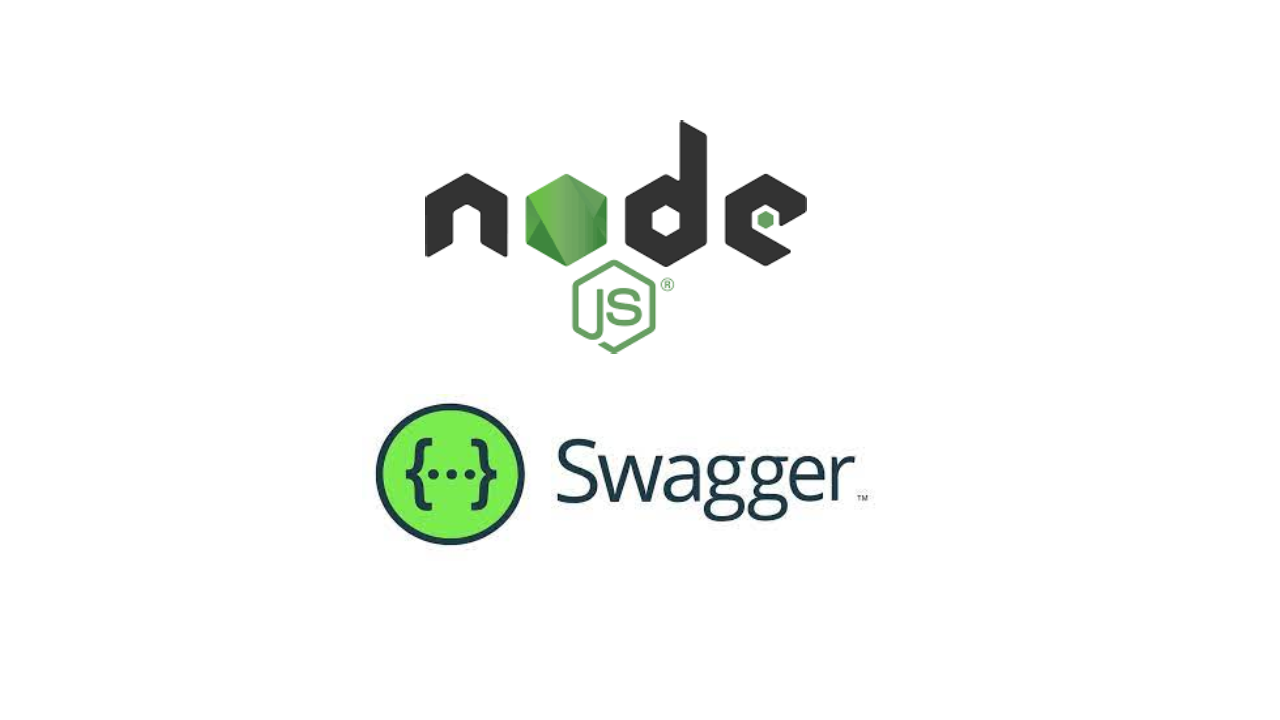Simplifying API Development With Swagger
 Amod
Amod
Introduction
Creating APIs (Application Programming Interfaces) is akin to building bridges that connect different parts of a system. APIs define how software components should interact with each other, enabling seamless communication and data exchange. But, crafting APIs can be complex, involving numerous decisions and considerations. Fortunately, tools like Swagger provide a robust framework for simplifying the API development process. In this blog, we'll dive into the world of API development, explore the benefits of using Swagger with Node.js, and provide step-by-step instructions for integrating these tools into our projects.
Chapter 1: Understanding APIs
Before diving into the specifics of Swagger, let's establish a foundational understanding of APIs. An API is essentially a set of rules and protocols that allows different software applications to communicate with each other. It defines the methods and data formats that applications can use to request and exchange information. APIs enable developers to build modular, scalable systems by breaking down complex functionalities into smaller, reusable components.
Chapter 2: Introducing Swagger
Swagger, now known as the OpenAPI Specification, is an open-source framework that simplifies API development by providing a standardized way to describe RESTful APIs.Swagger defines a structured format for documenting APIs using YAML or JSON. This format captures essential details about API endpoints, request/response formats, parameters, authentication methods, and many more! By using Swagger, developers can create clear, comprehensive API documentation that serves as a blueprint for building, testing, and consuming APIs.
Chapter 3: The Power of Node.js
As we have discussed about in our blogs previously node.js is a powerful runtime environment that allows developers to run JavaScript code on the server-side. It's efficient, and well-suited for building scalable, real-time applications. With its event-driven, non-blocking I/O model, Node.js excels at handling asynchronous tasks, making it ideal for building APIs that need to handle concurrent requests efficiently. Node.js, combined with its robust ecosystem of libraries and frameworks, provides a solid foundation for building high-performance APIs.
Chapter 4: Benefits of Using Swagger with Node.js
Integrating Swagger with Node.js offers numerous benefits for API development:
Clear Documentation: Swagger generates API documentation that is easy to understand and navigate. This documentation serves as a valuable resource for developers, enabling them to explore API endpoints, test requests, and understand response formats easy.
Client SDK Generation: Swagger Codegen automates the process of generating client SDKs in various programming languages, eliminating the need for manual implementation and reducing time-to-market for consumer applications.
Server Stub Generation: Swagger can also generate server stubs, providing a scaffolding for implementing backend logic based on the defined API contract. This accelerates backend development and ensures alignment with specified endpoints and data structures.
Now you might as what is Server Stub Generation?
Here's how it works:
Planning Phase: Before we start building our software, we create a plan or blueprint that outlines how it should work. This includes things like what features it will have, how users will interact with it, and what data it will manage.
Server Stub Generation: Once we have your plan, you can use server stub generation tools to automatically create a basic framework or skeleton of our software. This framework includes all the necessary components and structure based on our plan, but without any real functionality yet.
Fill in the Blanks: With the server stub generated, we now have a starting point for building your software. we can start filling in the blanks by adding the actual code and logic to make it work as intended.
Final Product: After testing and refining our software, we have a finished product that meets our requirements and serves its purpose.
Chapter 5: Getting Started with Swagger and Node.js
Now that we understand Server Stub Generation in Swagger(or atleast have an idea what it is about), let's dive into the practical of integrating these tools into our projects. We'll walk through the process step by step, from setting up Swagger configuration to generating interactive documentation and client SDKs.
Step 1: Install Swagger Tools
The first step is to install the necessary Swagger tools for Node.js:
bashCopy codenpm install swagger-ui-express swagger-jsdoc
Step 2: Define Swagger Configuration
Create a swagger.json or swagger.yaml file to define our API documentation. This file should include details such as the API title, version, description, base path, and paths to our API routes.
Step 3: Integrate Swagger with Node.js
In our Node.js app, use swagger-ui-express to serve the Swagger UI and connect it to your Swagger specification.
javascriptCopy codeconst express = require('express');
const swaggerUi = require('swagger-ui-express');
const swaggerSpec = require('./swagger');
const app = express();
app.use('/api-docs', swaggerUi.serve, swaggerUi.setup(swaggerSpec));
Step 4: Document our API
Add Swagger annotations to our route handlers using JSDoc comments. These annotations will be used to generate the Swagger documentation.
javascriptCopy code/**
* @swagger
* /users:
* get:
* summary: Get all users
* description: Retrieve a list of all users
* responses:
* '200':
* description: A list of users
* '404':
* description: Users not found
*/
app.get('/users', (req, res) => {
// our code to get users
});
Step 5: Run our App
Finally, start our Node.js app, and you'll see the Swagger UI at /api-docs in our browser. Here, we can see our API documentation and even test it out!
This is how Swagger simplifies the process of documenting our API by allowing us to describe its functionality in a structured format using simple language constructs. Instead of writing complex JavaScript code to define how our API should work, we can use Swagger annotations to specify things like endpoint paths, request parameters, response formats, and error messages in a straightforward manner.
For example, instead of writing JavaScript code to handle a GET request for fetching user data from a database, we can use Swagger annotations to describe this endpoint in plain language:
yamlCopy code/users:
get:
summary: Get all users
description: Retrieve a list of all users from the database.
responses:
'200':
description: A list of users.
'404':
description: No users found.
The same thing above could haveimplemented with the help of javascript as well but it would have been intricate and with protracted LOC!
Conclusion
In conclusion, integrating Swagger with Node.js offers a powerful solution for simplifying API development, documentation, and testing. By adopting Swagger, developers can ensure consistency, improve collaboration, and accelerate the delivery of high-quality APIs. Whether we are building a small-scale application or a large-scale enterprise system, incorporating Swagger into our Node.js project can significantly enhance our development workflow and deliver superior results.
Subscribe to my newsletter
Read articles from Amod directly inside your inbox. Subscribe to the newsletter, and don't miss out.
Written by
